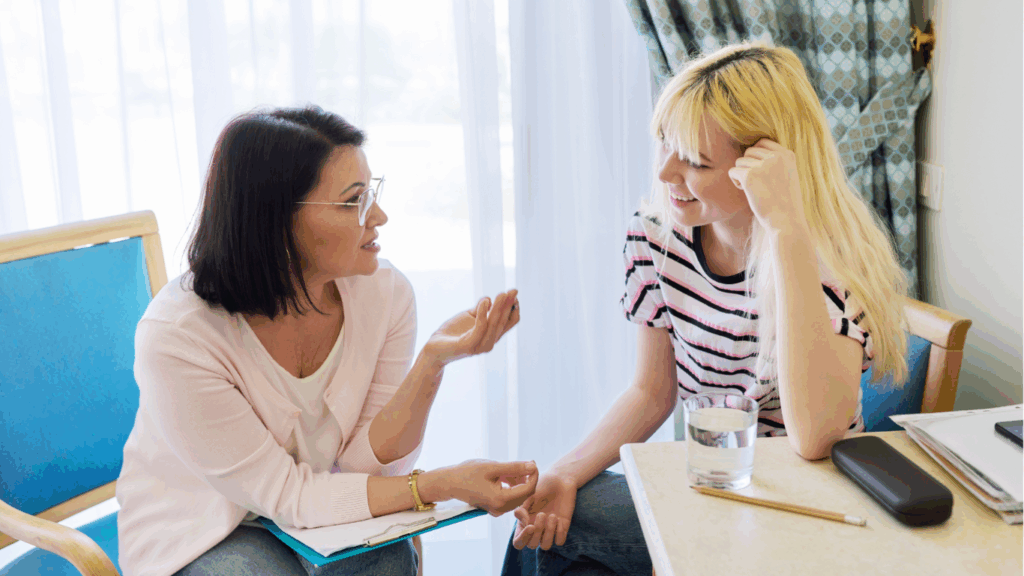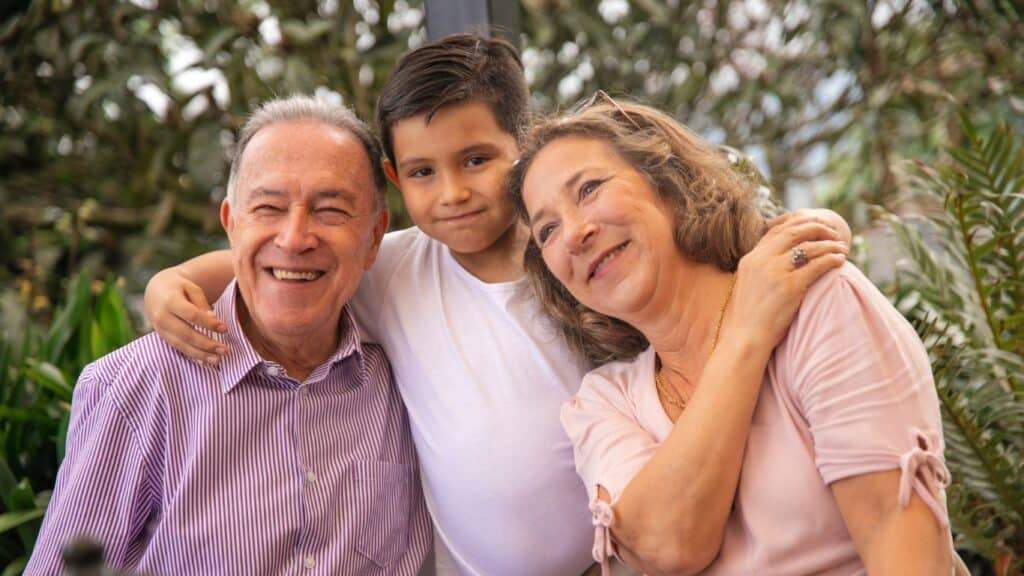Parenting a child who has experienced trauma can be challenging at any stage of their development. As a caregiver, you play a significant role in their healing. With patience, love, and support, you can help them learn to cope with challenges, regulate their emotions, and express themselves in healthy ways. Whether you’re still waiting to welcome a child into your family or are already caring for one, here’s a helpful checklist of steps you can start taking now.
1. Learn about trauma-informed parenting
- Read books and resources on trauma-informed parenting, such as The Connected Child, The Whole-Brain Child, What Happened to You?, and our trauma-informed parenting guide
- Attend workshops or webinars on trauma, attachment, and child development
- Join our Trauma-Informed Parenting workshop
- Learn about Adverse Childhood Experiences (ACEs) and their impact on brain development
2. Practice your own regulation
- Develop self-soothing strategies (deep breathing, mindfulness, etc.)
- Practice staying calm during stressful situations
- Identify personal triggers and plan coping strategies
3. Reframe behaviour
- View behaviour as communication, not misbehaviour
- Adopt a “connect before correct” approach
- Adjust expectations around attachment and gratitude
4. Prepare a safe and predictable environment
- Establish consistent routines and visual schedules
- Create a calm-down or sensory-friendly space
- Minimize overstimulation in the home
5. Build your support system
- Connect with other adoptive or permanency families
- If you’re a waiting parent, attend our Waiting Parents online support group and join the Waiting Parents Facebook group
- If you’re already caring for a child, attend our Coffee Chat online support group and join the Connecting and Supporting Families Facebook group
- Join a trauma-informed parenting support group
- Identify trauma-informed professionals (therapists, pediatricians, etc.)
6. Strengthen parenting alignment (if partnered)
- Discuss and align on parenting roles and discipline strategies
- Share expectations, fears, and coping mechanisms
- Plan regular check-ins to maintain connection and resilience
7. Explore your own triggers
- Reflect on personal childhood experiences and beliefs about discipline
- Identify behaviours that may elicit strong emotional reactions
- Seek support through journaling or therapy
8. Plan logistically
- Arrange for time off or flexible scheduling post-placement
- Research potential therapy and service costs
- Set aside funds for unexpected needs
9. Practice therapeutic communication
- Use calm, empathetic language that validates your child’s emotions
- Model emotional expression and respectful conflict resolution
- Encourage open discussions about feelings and needs
10. Prioritize self-care
- Incorporate rest and relaxation into your routine
- Engage in hobbies and activities that bring joy
- Remember: a regulated parent helps support a healing child
You don’t need to be perfect. You just need to be present, willing to learn, and full of compassion. Healing takes time—but you don’t have to do it alone.





